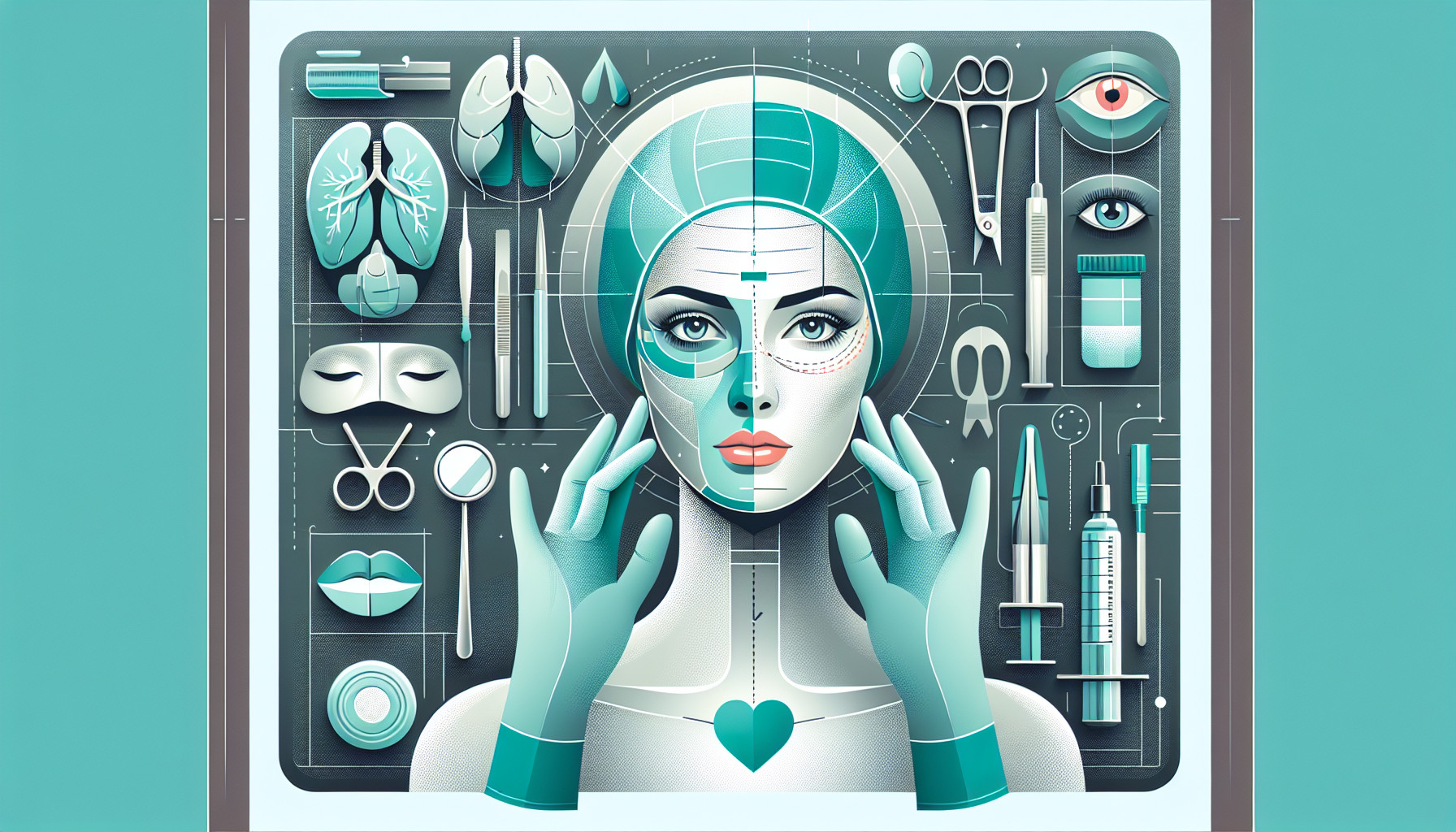Our Summary
This study evaluated a technique to predict changes in facial features following blepharoplasty, a type of eye surgery that corrects droopy eyelids and can improve vision and appearance. The researchers used a simple tool, called a vessel clip, to simulate the effects of the surgery on the patients’ faces before the actual procedure.
93 patients who underwent this surgery were studied. Before their operations, the researchers took photos of their faces with and without the use of the vessel clips. They also took photos 6 months after the surgery. By examining these photos, the researchers compared eyebrow height, forehead wrinkle length, and the length of wrinkles in a specific area between the eyebrows (procerus area).
The results showed that the measurements taken with the vessel clips before the surgery closely matched the measurements taken 6 months after the surgery. This suggests that the vessel clip test can accurately predict the changes in facial features following blepharoplasty. The researchers also found that changes in wrinkles were more frequently reported by women than men.
In conclusion, the vessel clip test is a simple and effective way to predict the outcome of blepharoplasty. This can help to reduce patients’ anxiety about the surgery and improve their satisfaction with the results.
FAQs
- What is the purpose of the vessel clip test in predicting the outcome of blepharoplasty?
- What changes in facial features were studied in patients who underwent blepharoplasty?
- According to the study, who reported changes in wrinkles more frequently after blepharoplasty, men or women?
Doctor’s Tip
A helpful tip a doctor might tell a patient about blepharoplasty is to make sure to follow all post-operative instructions carefully to ensure proper healing and optimal results. This may include avoiding strenuous activities, keeping the eyes clean and lubricated, and attending follow-up appointments as scheduled. It is also important to communicate any concerns or changes in vision to your doctor promptly.
Suitable For
Patients who are typically recommended blepharoplasty are those who have droopy eyelids that are affecting their vision, causing discomfort, or impacting their appearance. Blepharoplasty can also be recommended for patients who have excess skin or fat around the eyes that makes them look tired or older than they are. Additionally, patients with ptosis (drooping of the upper eyelid) or dermatochalasis (excess skin on the upper eyelid) may benefit from blepharoplasty. Ultimately, the decision to undergo blepharoplasty should be made in consultation with a qualified plastic surgeon who can assess the patient’s specific needs and goals.
Timeline
Overall timeline of patient experience before and after blepharoplasty:
- Initial consultation with a surgeon to discuss the procedure, expectations, and potential risks
- Pre-operative assessment to ensure the patient is a suitable candidate for surgery
- Surgery is performed, typically under local anesthesia or sedation
- Recovery period, which may involve swelling, bruising, and discomfort for a few days to a week
- Follow-up appointments with the surgeon to monitor healing and address any concerns
- Six months post-surgery, final evaluation of the results, including changes in eyebrow height, forehead wrinkles, and procerus area wrinkles
- Overall improvement in vision and appearance, with the potential for increased self-confidence and satisfaction with the outcome of the surgery.
What to Ask Your Doctor
Some questions a patient should ask their doctor about blepharoplasty include:
- What are the potential risks and complications associated with blepharoplasty?
- How long is the recovery period and what can I expect during the healing process?
- Will I need to follow any specific post-operative care instructions?
- Can you show me before and after photos of previous patients who have undergone blepharoplasty?
- How long will the results of the surgery last?
- Will I need any additional procedures or touch-ups in the future?
- What type of anesthesia will be used during the surgery?
- How experienced are you in performing blepharoplasty procedures?
- Are there any alternative treatments or procedures that could achieve similar results?
- What is the cost of the procedure and will it be covered by insurance?
Reference
Authors: Nishioka H, Yuzuriha S, Yanagisawa D. Journal: J Plast Reconstr Aesthet Surg. 2022 Sep;75(9):3499-3505. doi: 10.1016/j.bjps.2022.04.066. Epub 2022 May 2. PMID: 35752591
